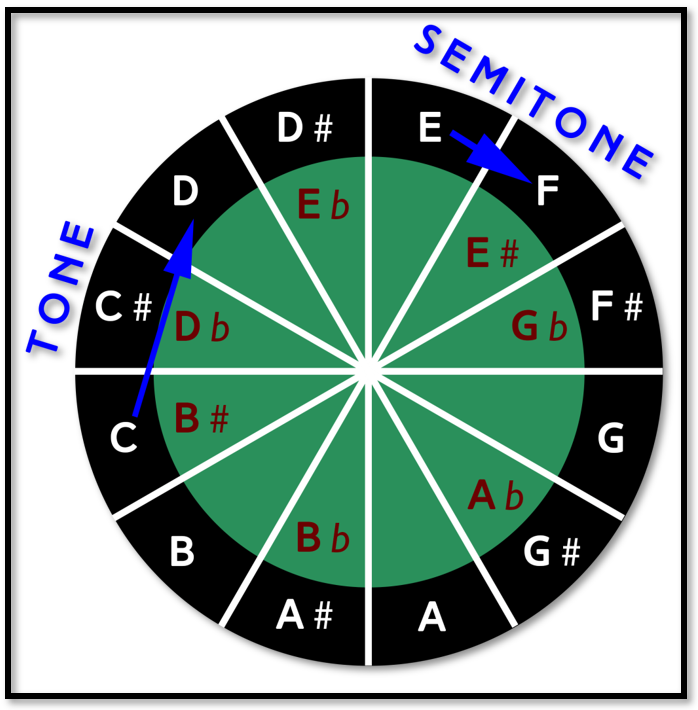

I’m sort of playing a D7 flat 9 arpeggio, and then from the C, I’m starting the enclosure around a B, which is the note that I resolve to on the G major 7. I think I found that quite a lot.įrom that 3 rd, I’m running up the diatonic arpeggio, so I’m using a C major arpeggio on top of the A minor 7 chord. I think actually one of the places where I really came across this approach a lot is in the playing of Pat Martino, and especially in the 3 rd of the minor chord, he’ll do that really,really a lot, especially also on the El Hombre, his debut album.

The first thing I do is just to play the enclosure on the 3 rd of the A minor. It’s a basic 2-5-1 in the key of G, so A minor D7 to G major 7. Now that we have that, we can start looking at how we can employ that in the lines. Just to give an idea about how this sounds, let’s just try it out on the G major scale triad, and on an A minor triad.

Now we have 2 ways to do that, which means we can add this to basically any chord in the scale. If we take the note B, which has C over it,you could make an enclosure like this, which is again starting a whole step under, going above, and then down again, chromatically up, and then resolving. In that case, you can do this and take an extra leading note under it. That works really well, except if you don’t have a whole step above the note in the scale. You have a 5-note pattern that you can add to your lines. If we’re in the key of G, and I take the root G as a target note, I’m taking the chromatically note, which in this case is also diatonic under it, then I’m going up a whole step above, and then chromatically down, and then down to the leading note under it again, and then I’m resolving. The enclosures that I’m going to talk about in this lesson and demonstrate how I use it, consists of chromatically notes on both sides of the target note.
#Chromatic notes how to
I want to talk about how to make some longer chromatic enclosures of notes within a scale. Hi guys, in this 3 rd lesson on adding is chromatic-ism to your solos for Fundamental Changes.
#Chromatic notes pdf
You can download a free PDF of the examples here: Chromatic Notes in Solos part 3 Guitar Lesson Video Transcription From there I run down the F# diminished arpeggio to resolve to the 3rd of G. On the D7 I first use the 2nd type of enclosure to get to the 3rd of D7. The 2nd example starts with a chromatic approach to the root of A minor before moving up the scale. After that the line continues up the Cmaj7 arpeggio and on the D7 I first play a bit of a D7b9 line before using the chromatic approach to resolve to the B on the Gmaj7 chord. In the first example I use this approach in the way I have heard Pat Martino do very often: Starting a phrase with a chromatic approach of the 3rd of a minor chord. To get this type of sound and technique in to your fingers you can try these exercises: The 2nd solution when we don’t have a whole step to the next note in the scale (in this example: B) we start a whole step under, move up to the note above and then down again before resolving chromatically. If there is a whole step up to the next note in the scale you start on the chromatic (or diatonic) leading note a half step under the target, and then move up to the on a whole step over the target from there we move down a half step followed by the leading note under the target befor it resolves on the target note (in this case a G). Let’s first look at the construction of this sort of chromatic phrase:Īs you can see there are two versions, depending on whether we have a minor or a major 2nd above the note that we are targeting. It’s a good way to add a small burst of surprising notes that resolve to a strong harmony note like the 3rd or the 5th of the chord. This type of chromatic enclosure of especially chord tones is something I hear often being used by Pat Martio and Pat Metheny.


 0 kommentar(er)
0 kommentar(er)
